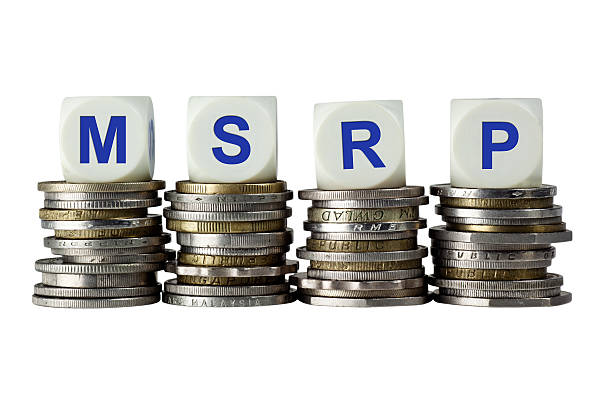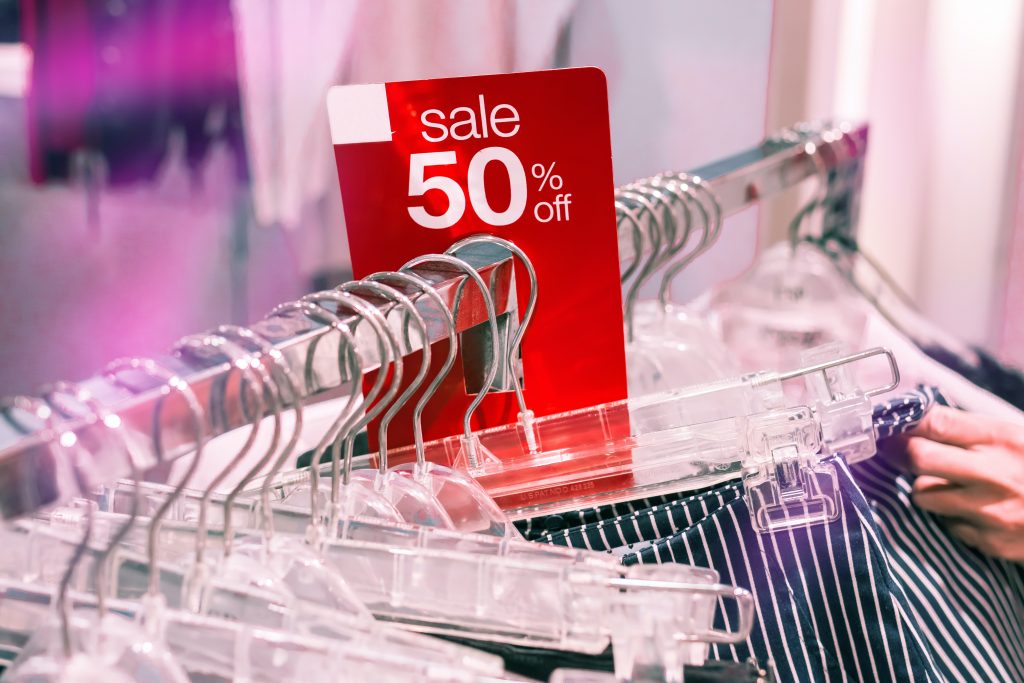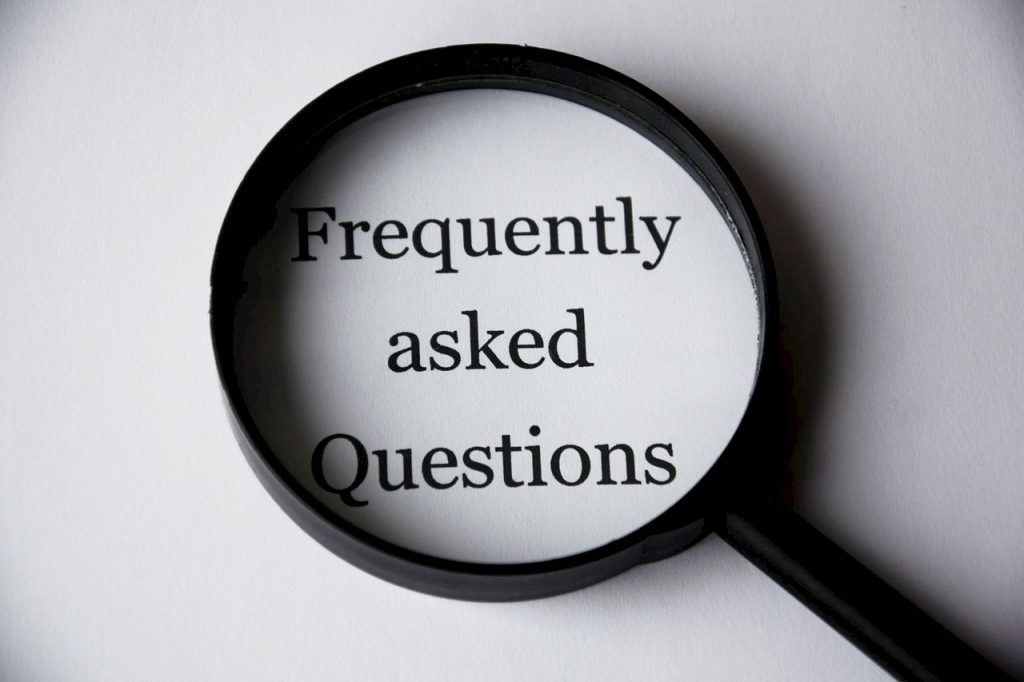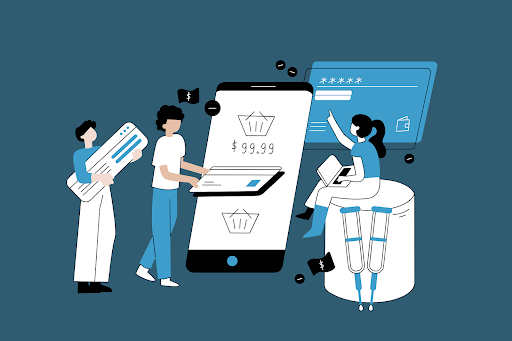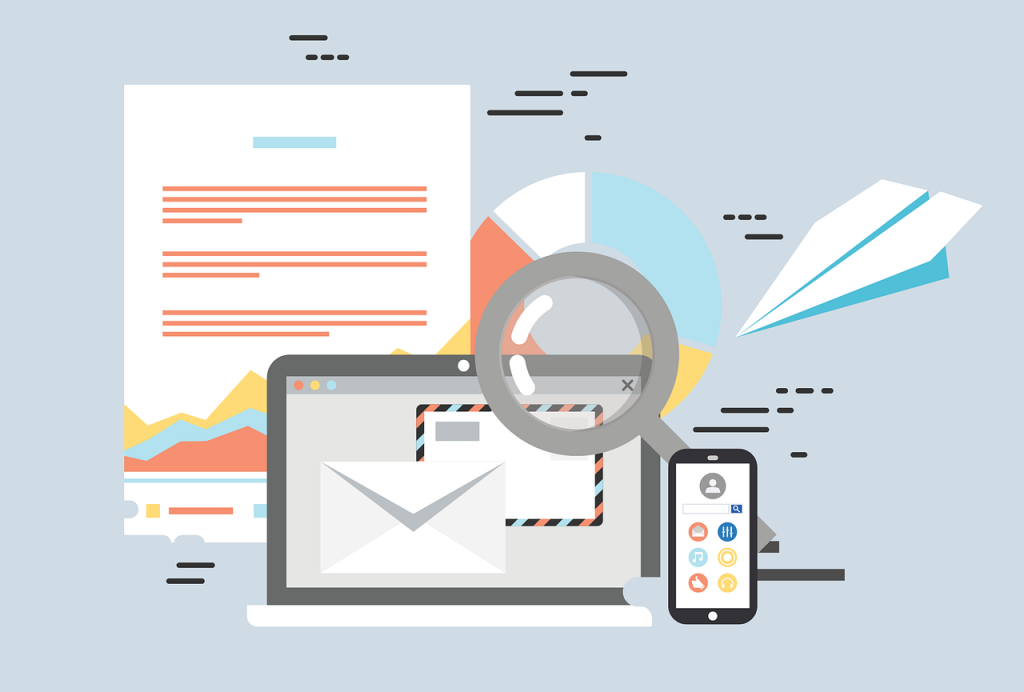In the digital age, ecommerce stores are faced with the challenge of communicating product value in a way that resonates with potential buyers. One crucial element of this digital communication strategy involves crafting compelling product descriptions. With the rise of AI-powered tools like OpenAI’s ChatGPT, creating captivating and persuasive descriptions has never been easier. This article outlines how to use ChatGPT effectively to generate impactful product descriptions for your ecommerce store.
Understanding ChatGPT
ChatGPT is a state-of-the-art language model developed by OpenAI, designed to generate human-like text based on given prompts. It’s been trained on vast amounts of data from the internet, allowing it to answer questions, write essays, summarize texts, and more. In the ecommerce sphere, it can be an invaluable tool for creating unique, engaging product descriptions.
Getting Started
To use ChatGPT for your ecommerce store, you first need access to the model. As of my knowledge cutoff in September 2021, this could be through OpenAI’s API, or potentially other services using the model. Next, the key to successful product description generation lies in crafting effective prompts. This step requires some understanding of your products, target audience, and SEO keywords.
Crafting Effective Prompts
Your prompts should provide enough detail to guide the AI but also leave room for it to generate unique content. For instance, if you’re selling handmade wooden tables, a good prompt might be: “Write a product description for a handcrafted, sustainably sourced oak dining table with a vintage finish, perfect for rustic-themed interiors.” This prompt contains key product details, the unique selling point (handcrafted and sustainably sourced), and potential customer preferences (rustic-themed interiors).
Incorporating SEO Keywords
When using ChatGPT, remember to include relevant SEO keywords in your prompts. These are words or phrases your potential customers might use when searching for products like yours. In the wooden table example, relevant keywords could be “handcrafted wooden table,” “sustainable furniture,” or “rustic dining table”. Including these in your prompt helps ensure the resulting description is SEO-optimized.
Review and Refine
While ChatGPT generates impressive human-like text, it’s crucial to review and refine the output. Ensure the descriptions accurately represent your products, check for consistency in brand voice, and tweak any awkward phrases. The AI is a tool to facilitate your work, not to replace the human touch completely.
Using ChatGPT at Scale
For larger ecommerce stores with a wide variety of products, ChatGPT can be a time-saving tool. You can generate descriptions for similar products by altering a few details in your prompts. For instance, if you sell different types of wooden furniture, you can replace “oak dining table” with “walnut coffee table” in the above prompt.
Exploring Advanced Techniques
For more experienced users, consider experimenting with control codes (like [emotional tone] or [style]) to give your descriptions a unique brand voice. You could instruct the AI to write in a “playful and fun tone” for a children’s toy store, or a “luxurious and sophisticated style” for a high-end jewelry boutique.
Capitalizing on User Reviews and Q&A
ChatGPT’s language model isn’t confined solely to writing product descriptions; it can also assist in compiling and generating responses to user reviews or frequently asked questions (FAQs). The input and output mechanism can be used to generate individualized, engaging responses. For example, you can provide a prompt like “Respond to a customer who loves the comfort of our product but wishes it came in more colors”, and ChatGPT can provide a suitable reply. The utility of the AI extends far beyond product descriptions, and understanding these additional applications can significantly enhance your customer engagement and brand reputation.
Customizing Descriptions for Different Platforms
Given the versatility of ChatGPT, it’s possible to customize product descriptions for different ecommerce platforms, whether that be Amazon, eBay, or your own branded online store. Each platform has a distinct audience demographic and product presentation style, and ChatGPT can adapt your product description to fit each context. For instance, “Describe a stylish, minimalist wristwatch suitable for a busy professional, in a style fitting for an eBay listing” could yield a distinct result from a prompt aimed at a high-end retail site.
ChatGPT and Multilingual Product Descriptions
If you’re running an international ecommerce store, you might be catering to customers from different linguistic backgrounds. ChatGPT supports multiple languages, which means it can help you create product descriptions in various languages, ensuring a broader reach and inclusivity. The prompts remain the same – you simply need to specify the desired output language.
ChatGPT for Email Marketing
ChatGPT’s prowess extends to the domain of email marketing, a critical component for many ecommerce stores. You can craft promotional emails or newsletters featuring your products, using prompts like “Write an email introducing our latest summer collection of sustainable wooden furniture to our loyal customers.” This opens up opportunities for cross-selling and upselling, ultimately contributing to an increase in sales.
Embracing the Future with ChatGPT
AI technologies are rapidly transforming the ecommerce landscape, and it’s essential for store owners to adapt and capitalize on these changes. ChatGPT is more than just a tool for generating compelling product descriptions – it can also serve as your assistant for customer service, marketing, and multilingual communication. By fully leveraging its potential, you can streamline operations, elevate customer engagement, and ultimately drive higher conversions for your ecommerce store.
Remember, it’s not about replacing the human touch but enhancing it. Combining the strength of AI with a deep understanding of your brand and audience can create an ecommerce experience that is as compelling as it is convenient. Welcome to the future of ecommerce, powered by ChatGPT.













